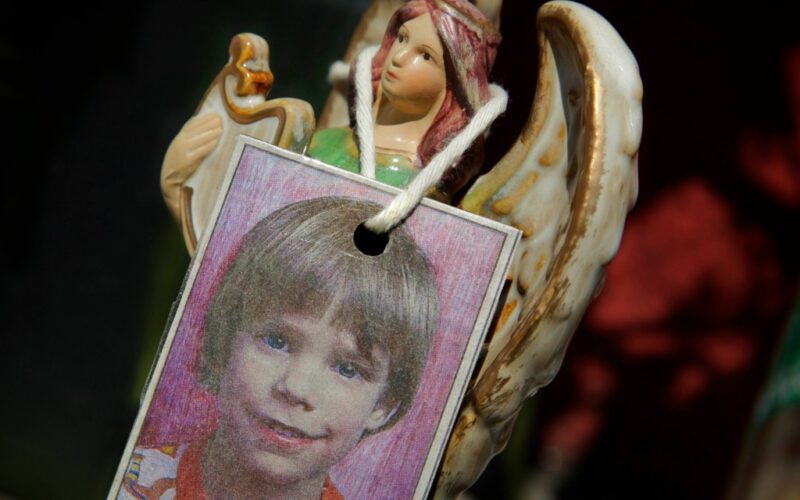Last week the file was reopened on a 46-year-old murder case we all thought had finally been closed. Eight years after Pedro Hernandez was convicted of the 1979 kidnapping and murder of 6-year-old Etan Patz, a federal appeals panel ruled that a New York State jury got bad guidance from the judge, and improperly found Hernandez guilty.
Now the Manhattan DA’s office must either retry the case “in a reasonable period,” or Hernandez, who’s been in custody since his 2012 arrest, will go free. It’s the latest in the decades-long series of stunning twists and turns in a case that led to a cultural shift in how we raise our children.
I’ve been reporting on this story for 35 years, first as a network news producer and then to write the only book on the case, “After Etan: The Missing Child Case that Held America Captive.” I’m often asked why that title is so apt — what has captivated us about this case? There have been other missing children, both before Etan and afterwards. All of those terrible crimes were, to cite the cliché, “a parents’ worst nightmare.” What made this one different?
The initial swell of interest was specific to the case. Etan was a beautiful, blond blue-eyed boy. His father was a professional photographer who worked from home. The boy loved to stand-in for his father’s models as Stan Patz lit his sets, which meant there were hundreds of perfectly shot photos to distribute, at a time when cell phones, selfies and social media were in the distant future.
When Etan’s face leapt out from posters, then billboards, national news stories and finally milk cartons, the lovingly captured sparkle in his eyes was an urgent call to action. From the hundreds of police and whole neighborhoods of New Yorkers taking to the streets in the immediate days that followed, to the worldwide pursuit that eventually ensued, people everywhere pitched in.
Etan’s parents were articulate, educated and heartbreakingly compelling as they asked the public for help. Their pleas resonated with Americans and because those pleas were never answered, Americans kept the family in their hearts. It also heightened our personal fears — if it could and did happen to this child, it could happen to mine.
When it became more likely as time passed that Etan was gone forever, Stan and Julie Patz eloquently turned their efforts to fight for change in the ways these cases were tracked, leveraging the attention to help create new laws and organizations, like the National Center for Missing & Exploited Children, that might help other parents suffering from their own pain.
Their dignity and grace has always impressed me as I strove to faithfully tell their story, and I believe their fundamental humanity struck a chord with the public too.
Finally, this case never ended (although we thought until last week that it had at last). That’s probably the main reason new generations of Americans were drawn to it. And not just because there was no resolution, but also because every few years there would be a startling new development: A possible Israeli connection; a prime suspect popping up after a decade; a new round of investigators digging up a basement in the middle of Manhattan, a different prime suspect emerging after three decades, on and on.
These developments were the result of another striking example of humanity — the commitment of decades of law enforcement who made it personal. I have interviewed scores of investigators, journalists, and really anyone ever touched by this case whose dedication went beyond the professional. Some of them told me they still think of Etan every day and still wish for justice for his family.
I’m one of those people. The compassion of everyone connected to this case has always been a touchstone for me. I started reporting the Patz case when it was stalled in the early 1990s. At the time a different prime suspect had frustrated authorities from bringing charges against him. Jose Ramos was a serial predator reputed to have abused countless other children, and one U.S attorney took extraordinary measures to prosecute him on behalf of a 9-year-old victim who had the satisfaction, in court, of seeing his abuser held accountable.
The end to this story has not yet been written. And it may never be. But there is some good: Victims who have been found, perpetrators who’ve been punished, families who now have resources. And let’s recognize the exceptional commitment of legions of law enforcement, attorneys, judges and innumerable others who have all worked, both in public and more often behind the scenes, to finally bring justice for a little boy.
Cohen is the author of “After Etan: The Missing Child Case that Held America Captive.”








